Designing Your Home
Designing your home is about getting the right balance between what you want with what you can actually have, and making sure the finished house performs to its optimum.
But you can’t always have exactly what you want, as the budget, Building Regulations and planning requirements will all limit you in terms of design and fit out. Here are some of the elements to consider:
What you want
Start with your physical requirements and let the stylistic decisions flow from here.
Draw up an accommodation schedule listing how many rooms you want and which sort and size. Next, list any special features you want in specific rooms, such as a large window to maximise a view or an en-suite with a bath.
Routes to house designProfessional: Good design is also about how your home performs, how the spaces interact and flow and also meet your needs. Architects, architectural technologists and similarly qualified professionals all help you to get the result you’re after – and if you’re after a truly bespoke design, the money is invariably well spent DIY design: Designing a home yourself from scratch can be a risky business, because you may end up with something that looks and feels wrong, falls foul of Building Regulations or might even be unbuildable. That said, it is now technically easier to plan your own home, with the support of a number of software design packages on the market, such as those offered by Eleco The middle way: Package companies, such as timber frame specialists Potton, can offer one of the easiest routes to a well-designed home that meets your needs. These firms offer a selection of pattern-book designs, most of which have been built before, which are customisable to suit your needs. Some companies can offer a full bespoke service |
Think about where you spend the most time: do you have any special requirements – a second living space for the kids or a downstairs bedroom with walk-in ensuite for elderly parents, for example?
What you need
Next up, decide which of those ‘wants’ you really can’t do without. This will allow you to work out a realistic arrangement of rooms, and then add or remove elements depending on whether there’s enough space or budget.
Always keep in mind that you’re likely to want good storage in key rooms. Most developer-built homes, for example, don’t allow enough space for a wardrobe and chest of drawers in secondary bedrooms – which isn’t ideal for a family home.
Think laterally, too. Do you need space to accommodate home automation equipment, or room for a biomass boiler and its fuel? If you are thinking of including bulky appliances, be sure to check with manufacturers how much space you’re likely to need for them.
One of the best ways to get an idea of what you do and don’t have room for is to measure up your existing house and use this to inform your new design. This will help you get a sense of what certain room sizes and ceiling heights will actually feel like.
What others want
Building Regulations will lay down many restrictions on your home’s design, such as step-free access and minimum door widths. But it is the local planning authority that will have the biggest say in what you can and can’t build, together with a bit of input from any interested neighbours.
Planners can dictate the materials, size, shape, height and orientation of your home, all of which have a great bearing on its design, so making a first port of call to the planning office will pay dividends as it will save you wasting energy on inappropriate schemes.
Cost effectiveness
Your budget will probably be the main factor that controls what you can and can’t have. Try to make a connection between design features and cost. For example, complicated cut roofs can be an awful lot more expensive than a standard truss roof, and designer finishes often come with a premium price tag.
Over-designed homes are expensive to build and the results often questionable, so be prepared to edit the plans – an ability seen in the refined work of many an architect.
Conversely, having a limited budget doesn’t have to mean a poorly designed house, but it will require careful planning to make the most of what you have. Keep costs down by limiting the amount of unusual design features and by sticking to a limited palette of materials.
Above all, try to avoid changing your mind once work begins – this is always a costly process.
Sympathetic style
Context is extremely relevant as a design that is sympathetic to its surroundings is more likely to be approved. Take account of the street setting and vernacular, and whether or not the house is visible from the road.
Scale is very important in this aspect, as it can make the house dominate or recede from the neighbouring properties. Stepping part of the building down, having one-and-a-half storeys or even choosing a hip roof will all give the illusion that the building is smaller, which can help satisfy an undecided planner.
The more variety there is in the local area, the more chance you have of pushing through a design that’s a bit different.
The plot
Your planning office may dictate the siting and height of the building, and possibly the orientation, too. If not, consider what sort of layout will best suit your site, from making the most of any views to where the sun will be at different times of the day.
Suitable orientation will be important if you are planning to maximise solar gain, while a large expanse of south-facing glass may dictate an overhang to prevent summer overheating.
Being on a slope or in a flood area may also dictate the style of your house. These conditions on site will impact on your foundations, and the costs of these will have a knock-on effect on how much money is left for the main build.
Forward thinking
Resale value is important, and a quirky house is harder to sell simply because you’re restricting your target market. If you intend to sell on relatively quickly, try to ensure the house has features with wider appeal for the general market. For example, you may never take a bath and therefore not want one in your home, but it’s a vital feature for a family with small children.
Consider how the design can be adapted for different life stages – are you planning to raise a family or retire in the house? Will a ground floor bedroom and walk-in shower room mean the difference between moving out or staying there as you get older?
Finally, you may not have the budget now for automated security or media systems, but it can be a good idea to incorporate cabling that will make it easy to install new technologies in the future without too much disruption.

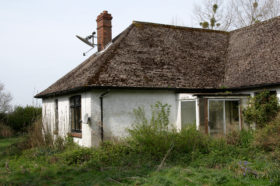






























































































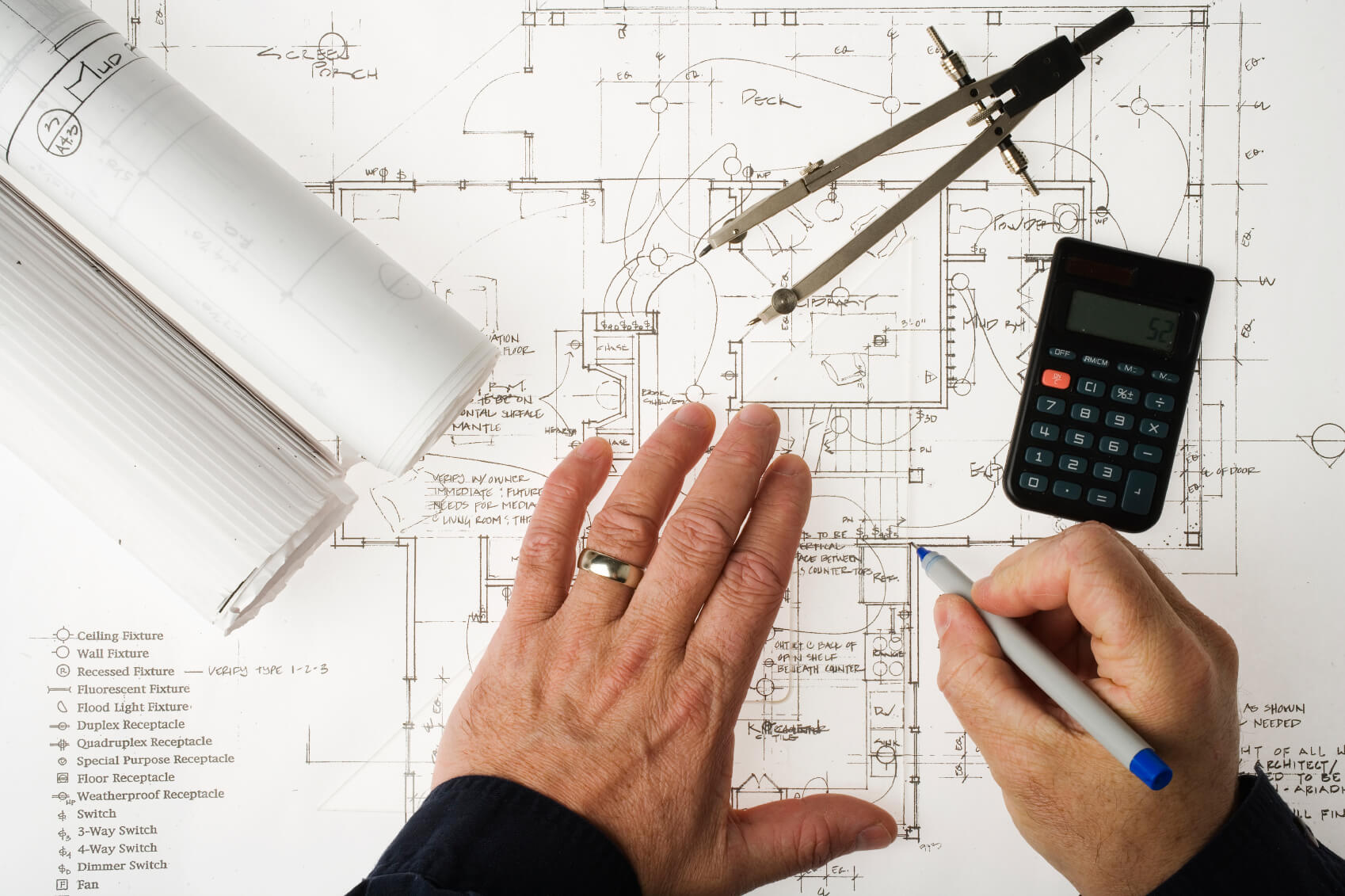
 Login/register to save Article for later
Login/register to save Article for later




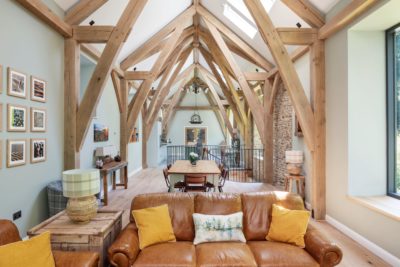
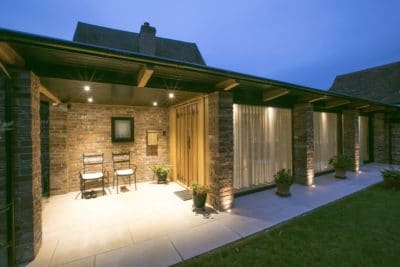
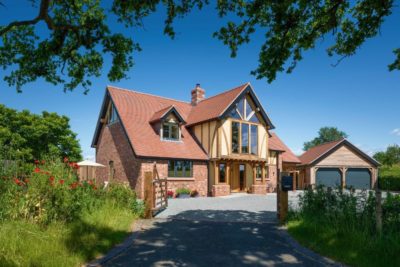
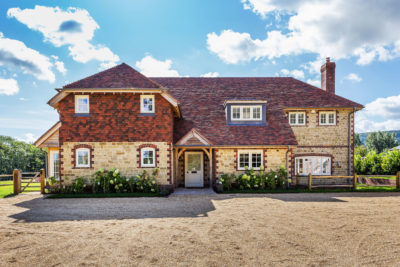





Comments are closed.